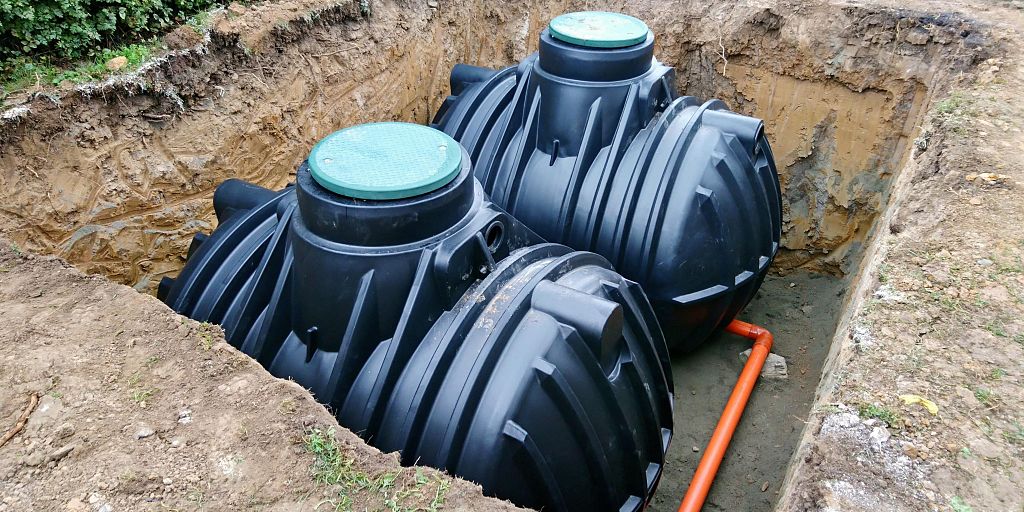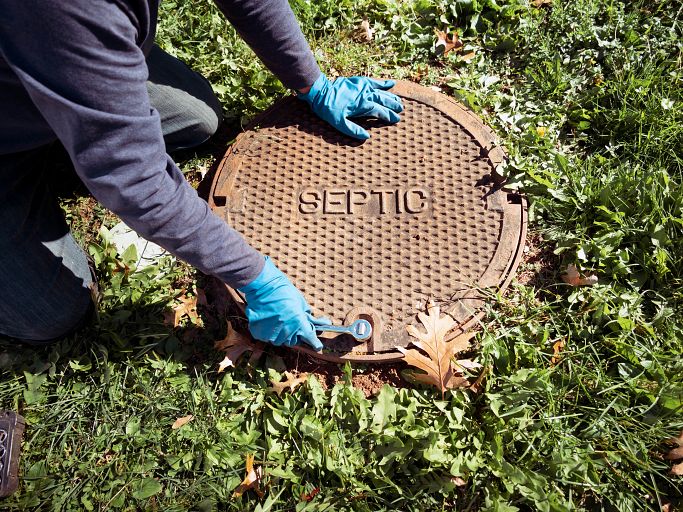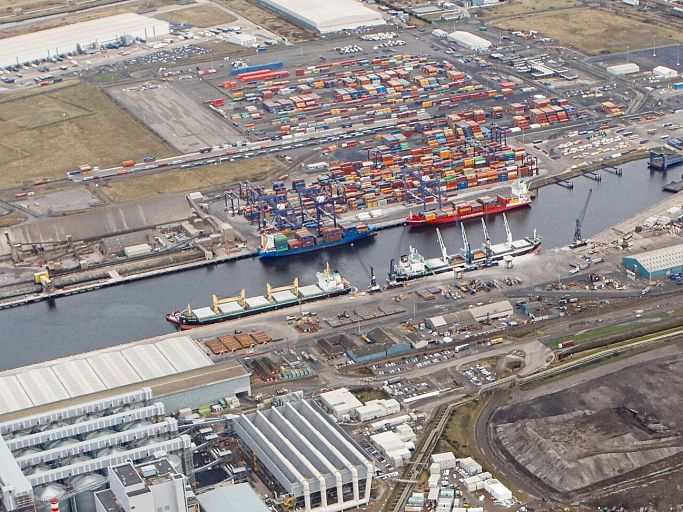- Oil
- Diesel
- Petrol
- AdBlue
- Water
- Sewage
- Hot Water Cylinders
-
Brands
- New Releases
- In Stock
- Sale
- Best Sellers
- Fuel Tank Hire
- More
-
Services
What’s the Difference Between a Septic Tank and a Sewage Tank?
22nd September 2022 in sewage

It may sound like it should be the opening line of some slightly unsavoury joke from a light entertainer in a working men’s’ club - but it’s actually not. It’s a serious question, as people do sometimes confuse sewage tanks and septic tanks or use the terms interchangeably, incorrectly…
1. What is a septic tank?
A septic tank is the part of a waste management system that deals with the waste itself when there’s no pre-existing sewage system. In other words, a septic tank is for more rural environments, where there are no drains and sewage pipes connected to the main ‘grid’. Septic tanks are installed underground and use technology and nature to treat waste and to dispose of it in an eco-friendly way. All of the organic waste from a household or site flows into the tank, which uses gravity to separate it into floatable matter and solid matter.
The liquid wastewater is then moved to the drainfield through its pipework. This is an area created in unsaturated soil, which allows the wastewater to discharge. Over time it then comes back up through the soil with harmful elements filtered away naturally. As of January 1st 2020, it is illegal to discharge a septic tank directly into a watercourse. Solid matter sludge is dealt with by having the septic tank emptied, probably around once a year depending on its size, by a professional waste company. Once a septic tank has been installed, it should last and does not need to be replaced for many years.
2. What is a sewage tank?
A sewage tank is a holding tank for waste, though it provides treatment for the waste whereas a septic tank does not. Sewage tanks are more efficient and environmentally friendly as there is an extra stage in the separation process which means the output is much cleaner. Like a septic tank, gravity separates floatable matter and solid matter, though after this there is a second chamber, which leaves solid waste behind. Oxygen is introduced into the waste via an electric air pump. Aerobic bacteria break down the remaining sewage into a cleaner effluent which flows into a final chamber. In there, the bacteria settles at the bottom (for recycling back into the first chamber) and the clean effluent is discharged.
This treatment of waste means that it can be run off into a ditch, stream or other watercourse (consent from the relevant environmental authority is required for this, though). Sewage tanks must be sturdy and well-built due to their nature, and some offer an impressive pollutant removal level of approaching 97.5%.
3. Pumping
Both systems need to be pumped out, and in the case of sewage tanks that means every few weeks or on a monthly basis, so that there is no build-up or overload of solids and liquid waste. It’s a good idea, if you have a sewage tank installed, to set up a pumping schedule with a professional waste disposal company, to make sure the waste is dealt with properly and the tank remains in good health.
Sewage tanks are suitable for the majority of locations and properties, from domestic houses to commercial premises, and they are the most environmentally friendly solution.
Here at Tanks R Us we are able to meet your septic tank or sewage tank requirements. Simply get in touch to discuss your particular situation (including location) and we will be able to work out what is most appropriate for you.
One of the largest selections of tanks in the UK
Chat online or call us today on 01469 531229
Related Products
More Articles

What’s the Difference Between a Septic Tank and a Sewage Tank?
22nd September 2022 in sewage

Why does your business need a sewage treatment tank?
14th August 2023 in sewage

Tank Hire: An Introduction and Case Study
3rd October 2023 in oil

Effluent Tanks & Sewage Treatment Tanks: What’s the Difference?
7th December 2023 in sewage
Help
About Us
My Account
Newsletter Sign Up
Inspiration direct to your inbox, please enter your email below...
Help About Us My Account
© Tanks R Us. All rights reserved. Registered in England. Registration number. 05804332. VAT number 364402764
Designed and produced by Kal Group